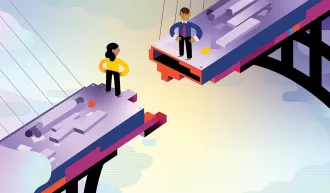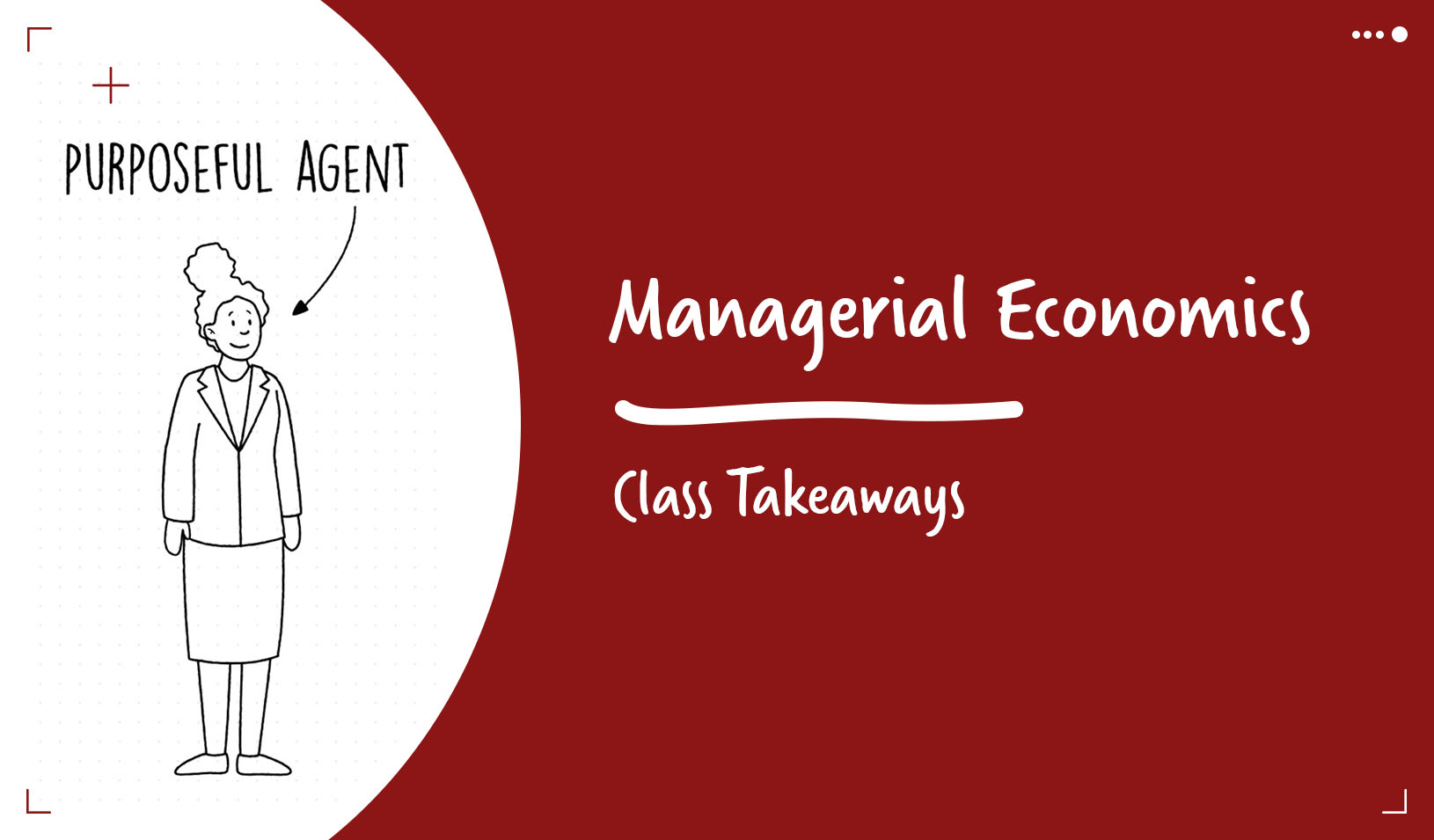
On 65 square miles along the Red Sea in Saudi Arabia, a new city rises in the desert. King Abdullah Economic City, expected to have 2 million residents by 2030, was announced by the king in 2005. It is being developed by KAEC, a publicly listed Saudi company that since 2008 has been headed by CEO and managing director Fahd Al-Rasheed, who received his MBA from Stanford in 2005. Here is an edited interview with him:

Fahd Al-Rasheed, CEO and managing director of KAEC
What has been the hardest thing about building a totally new city?
Building a city of this scale is difficult enough, but building a city of this scale by the private sector is unprecedented. The hardest part was figuring out the business model and, more specifically, in a city with this complexity, what we do and what we don’t do. For example, do we invest ourselves in utilities or do we outsource, via concession, to someone else. If we do outsource, on what legal and commercial terms? The answer to these questions, across every sector, determined how the business model looked, and that was a complicated process that took us literally a few years.
What has been easier than you expected?
The Saudi economy is booming with massive infrastructure, logistics, and industrial developments taking place everywhere. The population is young, and demand for housing is rampant with 4 million units in demand in the next 12 years. Finally, the regional market is big. With the right infrastructure, streamlined government services, and lifestyle amenities, companies have been coming to KAEC in droves. We signed up over 50 large corporates, and for many of them (such as Mars, Pfizer, Sanofi, Greif) this would be the first time they invest directly in the kingdom.
What has been the biggest unexpected problem?
The most challenging aspect has been putting all the pieces together. Imagine you are an industrial corporate. You will expect KAEC to provide you with access to the port, industrial land, all utilities and infrastructure, telecommunication services, operation and maintenance, security, etc. Now imagine that you are an employee of that corporate. You would expect KAEC to provide you with housing, education for your children, health care, retail, public areas, utilities, operation and maintenance, a sense of community. We rarely appreciate how many things and people have to come together in order for us to sustain our urban lifestyles. I have come to have a whole different appreciation for that dimension of urbanity.
Of course, what makes it all more challenging is that you have to do it all within a few years and in commercially sustainable way. It reminds me of taking the GMAT — answering any of the questions is relatively easy if you are given the time. But to get a good score you have to answer as many of the questions right as possible within a very limited time frame, so you have to become very effective at deciding when a question is too hard to justify the extra time answering with rigor, make a call, and move on to the next one.
What sort of environmental issues have been the most exciting for you to tackle?
Global thinking on sustainability has been evolving rapidly over the past decade or so. In the past, cities were over engineered, and humankind tried to tame nature with concrete everywhere. Hurricane Sandy and other natural disasters have shown us that that is not always possible and can be outright dangerous. So, in the past year, we revamped our master plan and instead of building water canals, culverts, and other civil infrastructure we let nature take its course. For example, storm ways are now all natural and follow the path already paved by rain over centuries rather than be redirected elsewhere. And to positively leverage these storm ways, we are landscaping with local plants and making them into walkways and equestrian trails.
And guess what, it was a win-win situation. It is now much cheaper to build the city, it is far more flood protected, and the residents will get more public space. This is just one example of how little changes in thinking can make a massive difference for the environment without making any big tradeoffs.
What was the most valuable lesson you learned at Stanford GSB that you apply to leading this project?
Development is, by nature, a multidisciplinary affair with strong technical expertise needed in many fields. Developing a city is even more so as you need to engage your own employees, but also have to work with a plethora of other investors, partners, and stakeholders. Therefore, knowing how to work with people and “getting to yes” is essential. The GSB was an amazing place that focused in many ways on building relationships. Classes such as Interpersonal Dynamics and High Performance Leadership are just examples of how the GSB puts human relationships at the core of its educational experience, and that was simply invaluable to my leadership development.
For media inquiries, visit the Newsroom.






